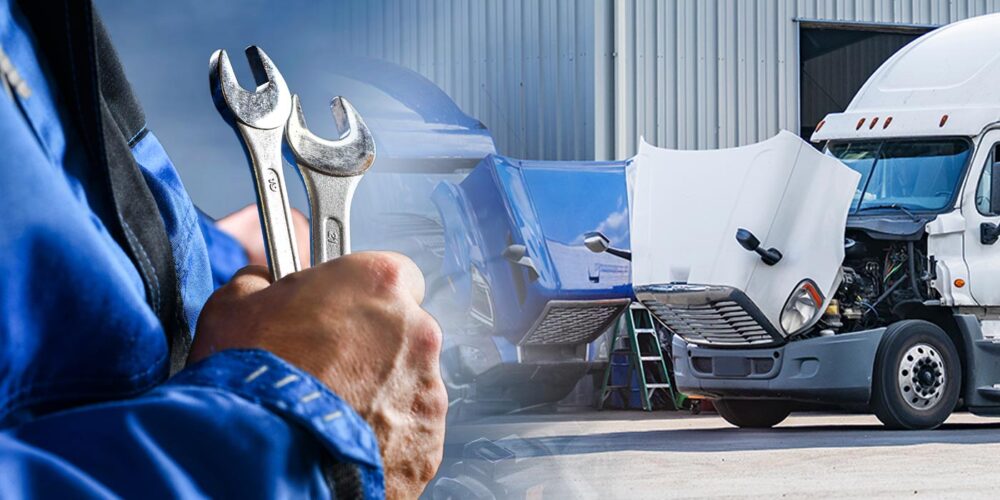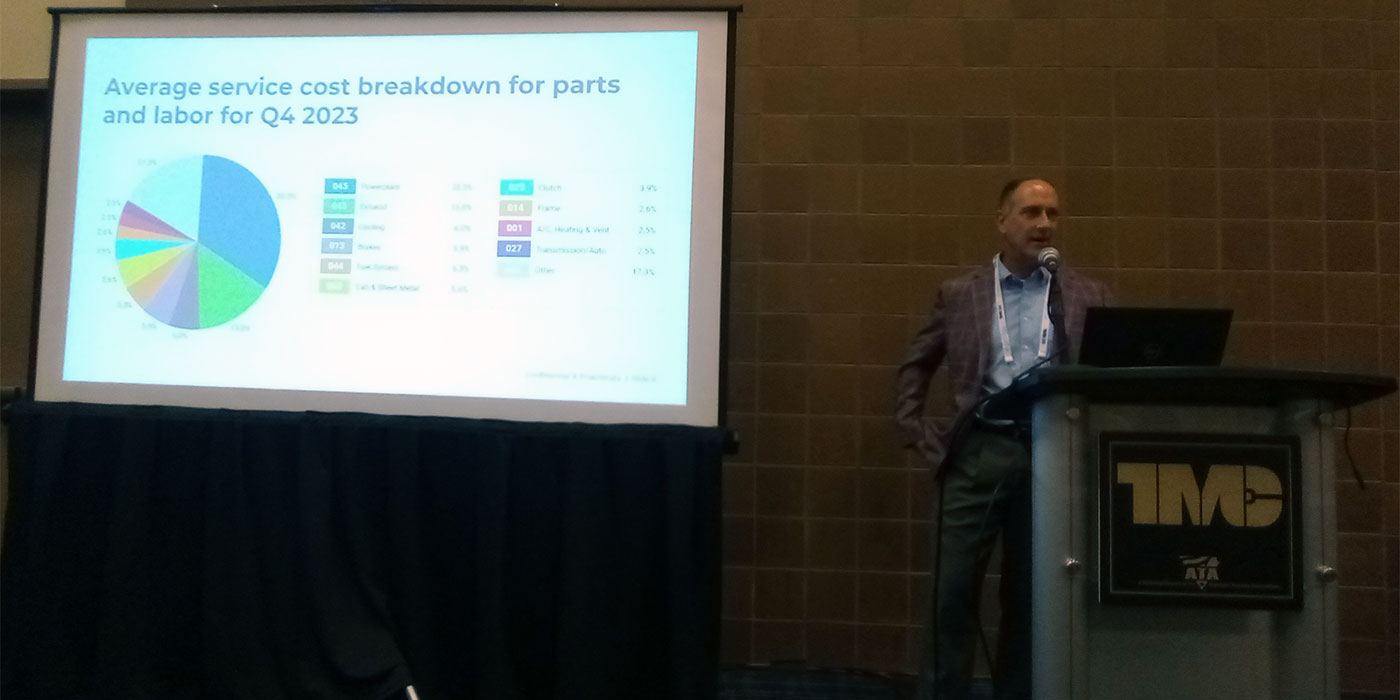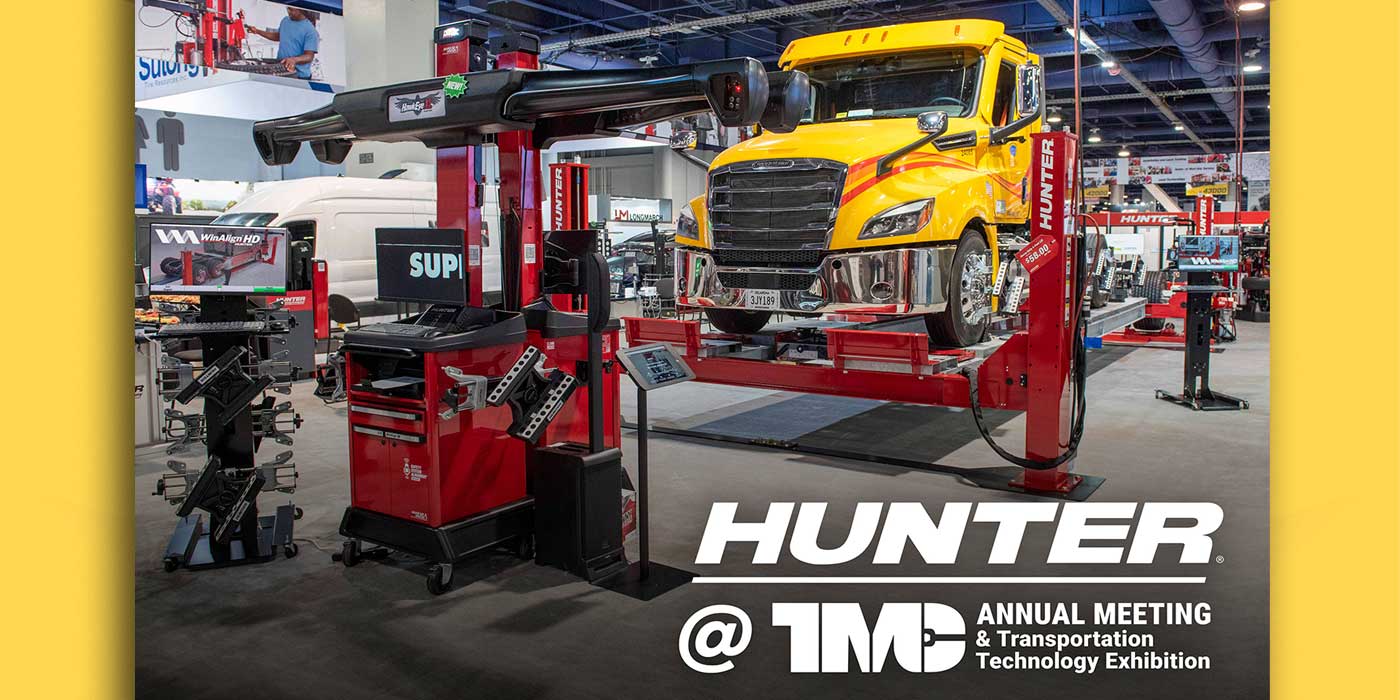As summer warms up, the increased temperatures places greater demands on truck cooling systems. Cooling systems, along with other powertrain systems, continue to grow more complex. While powertrain systems are amazingly robust, the increased complexity means it is more critical than ever to properly maintain these systems to avoid breakdowns and the accompanying downtime and expense. Let’s take a look at cooling systems and some of the often-overlooked basics needed to keep these systems operating at peak efficiency.
The majority of the power generated by the burning engine fuel needs to be dissipated from the truck. A common estimate is that less than 30% of the fuel energy powers the vehicle. The rest of that energy, in the form of heat, is removed through the engine exhaust and other cooling systems on the vehicle. Without a variety of cooling methods, the powertrain would soon transform into a smoldering pile of goo.
As we all know, when a cooling system loses efficiency or fails altogether, temperatures can soar rapidly. Unfortunately, not every cooling system provides a means for the operator to monitor the temperature. At first glance, it is easy to only take into consideration the basic engine cooling system of the radiator, hoses, belts, coolant pump and the like. However, trucks are equipped with multiple sub-cooling systems such as engine and transmission oil coolers, power steering coolers, EGR cooling systems and the HVAC system, to name a few. Each of these cooling systems contributes to maintaining a livable, operating temperature for the overall truck. Issues with one cooling system can contribute to problems in another.
Not surprisingly, knowing what components and systems need periodic inspections and maintenance is the first step in a good maintenance program. Thus, the technician needs to consult truck service information like TruckSeries from Mitchell 1 to better understand the details and needs for each system.
For example, one may be surprised to learn that some applications have a radiator placed in front of the main radiator used to cool the EGR Cooler. Another issue can stem from debris plugging up the AC condenser, also typically in front of the radiator. When the AC condenser is restricted, not only is the engine radiator air flow hampered, reducing cooling ability, but the HVAC system loses its capacity to cool the air in the cab. Of course, the engine cooling fan and shrouding likewise need to be maintained and inspected for proper operation.
There is simply no question that keeping the various components and systems properly cooled amounts to an all-hands event for the complete cooling system. Whenever one cooling sub-system is lacking in its ability to cool, all the cooling sub-systems have an additional burden placed upon them. While these sub-systems may be able to accommodate the additional burden for a time, the total efficiency of the truck begins to taper off. A truck broken down on the side of the road is clearly inefficient. On the other hand, a truck slowly becoming inefficient through missed maintenance may be less noticeable but carries with it a cost over the life of the truck that can be significant and should not be ignored.
Additional tips for repair and maintenance of Class 4-8 trucks may be found in the Mitchell 1 ShopConnection Truck blog.
Be sure to peruse all of Jake’s columns on Fleet Equipment by clicking here.














